Shapes are among the foundations of art, just as programming begins with coding. Lines of code become lines on a page using Artie 3000™. From simple lines and angles to intricate circular shapes, Artie can create anything you program it to draw.
Juxtaposition means to put pictures or ideas side by side. In art, juxtaposition is often used to create an effect by placing contrasting elements together. This adds visual interest, creating excitement and drama in the artwork. Here’s an example of juxtaposition using both color and texture:
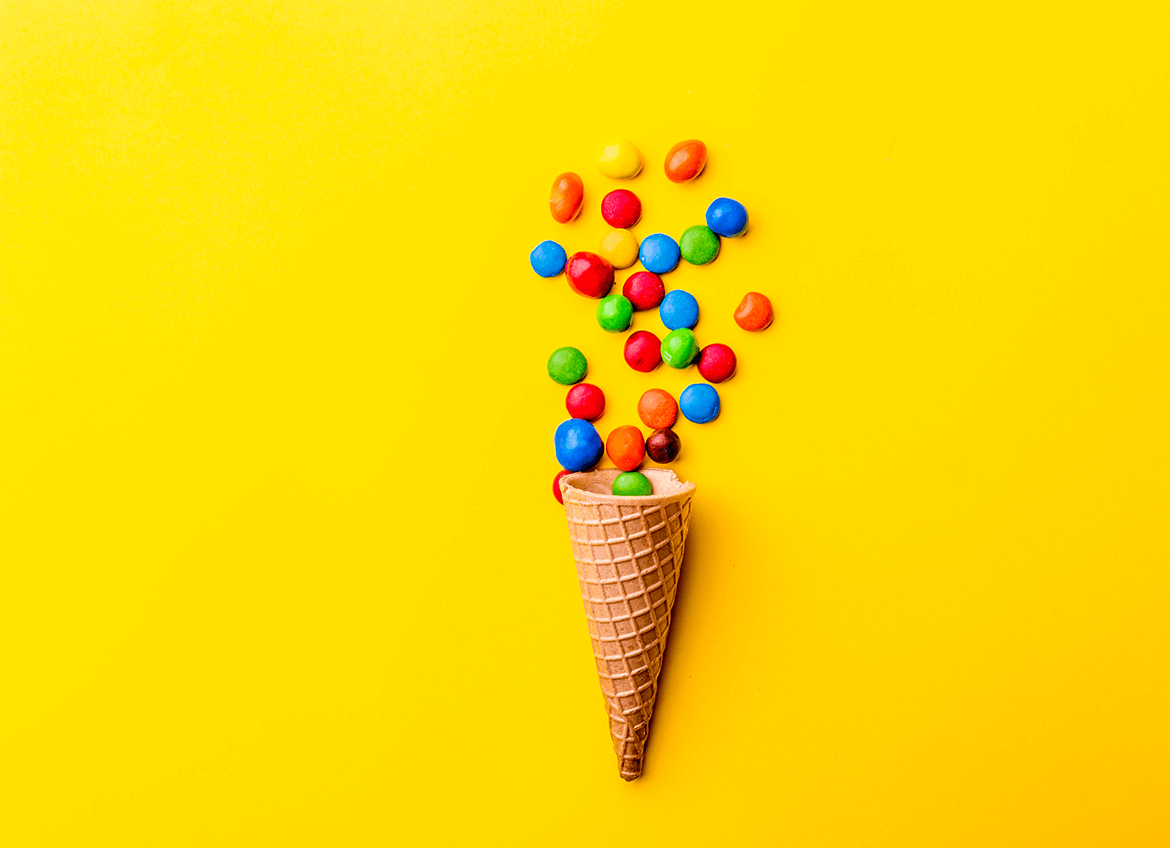
Okay, let’s use Artie to create our own examples of juxtaposition.
Using the four colorful markers, find the preprogrammed shapes in Artie’s user interface and get coding on one single sheet of paper. Let the designs overlap and build a colorful masterpiece designed by you and drawn by Artie.
local.codewithartie.com to access Artie’s user interface (Artie UI)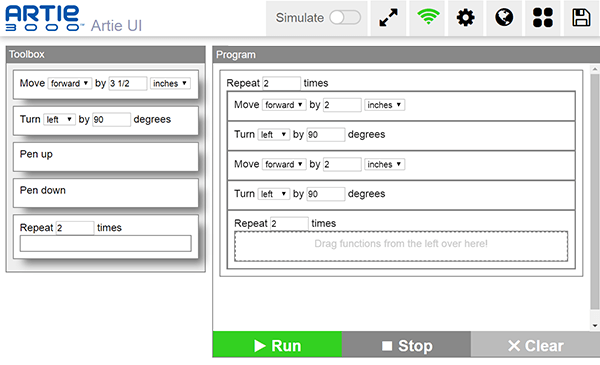
As you begin to design and draw different patterns, think about this: What are some contrasts you can demonstrate with Artie?
You can draw all of one shape and then add a different shape. What does the juxtaposition of the shapes mean to you? (It’s entirely possible that the proximity and orientation are meaningless.)
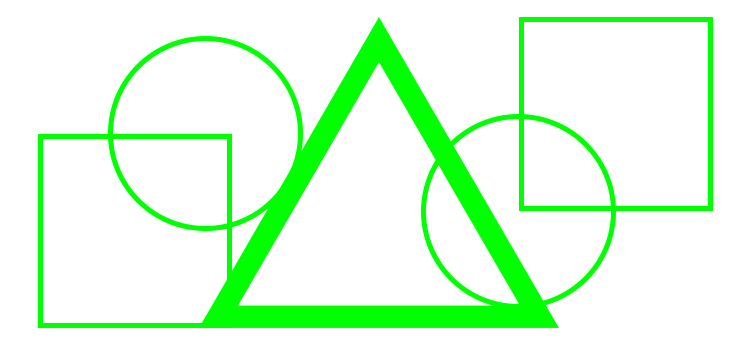
You can use one color marker to draw a few shapes over and over, and then change to a different color marker. Don’t forget to use your marker parker to set the new color marker at the right level so the marker doesn’t leak on your paper before you are ready to draw.
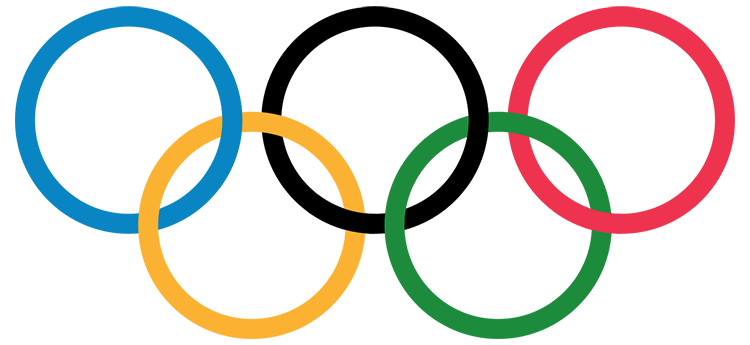
You can draw multiple shapes and then create another in a different size. What does the juxtaposition of each shapes’ size mean to you?
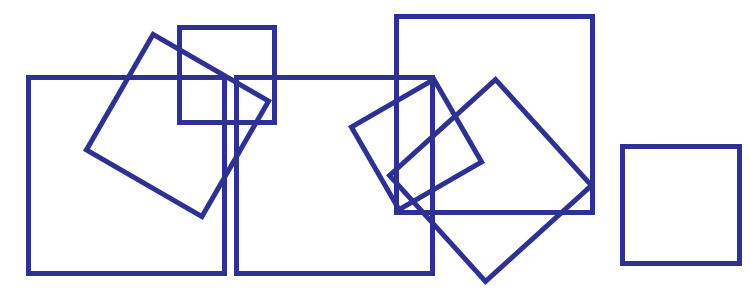
Now, compare and contrast the examples of juxtaposition above. Does the juxtaposition in any of those compositions seem random? Or intentional? Do you think any of them are intended to evoke a specific emotion?
Don’t forget, you can can combine any of the above techniques — color, size, and shape — to create something entirely new!

Is this your first time working with Artie? Maybe you’re just looking for some guidance. Either way, we can help! Check out this “How To Code” video from our friends at Educational Insights.